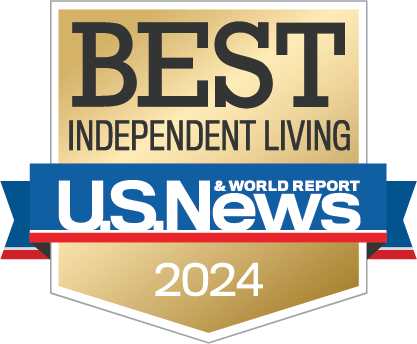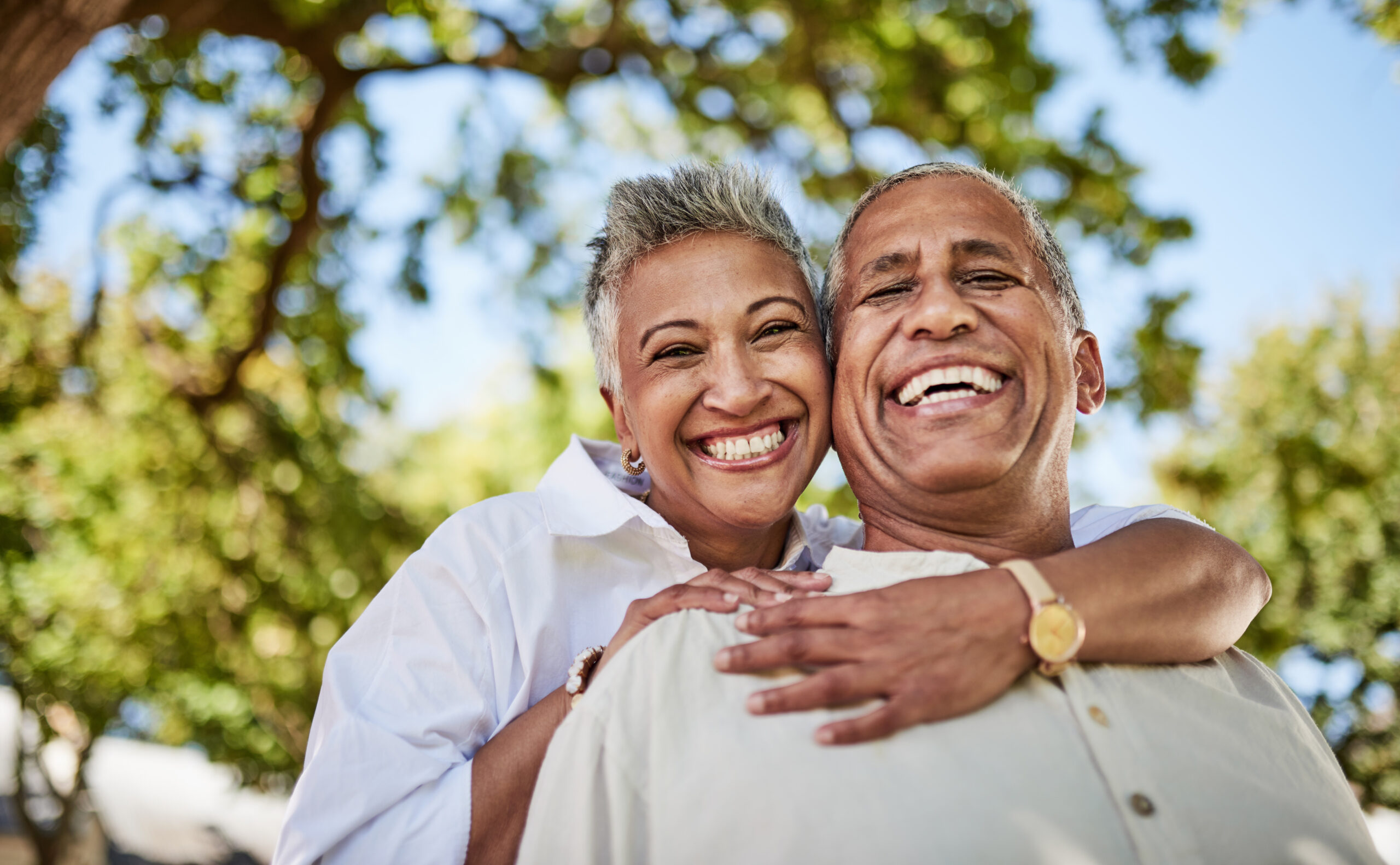Oh, my Tired, Aching Feet!
Your feet are your foundation. The 26 bones, 33 joints, 20 muscles and more than 150 ligaments in your feet work together to help coordinate motion in the rest of your body. When something is out of balance in that complex network, the impact can be felt in the foot bones, ankles, the knees, all the way up to the head.
The Root of Foot Evil
The root of some imbalances (and the aches and pains that come along with them) can be found in the way we move our weight as we walk. The perfectly-balanced foot will roll from supination (foot rolls outward) to pronation (foot rolls inward) as we walk.
If you walk with more weight on the outside of your foot, your shoe will be more worn down on the outside edge. This means you are a supinator. The arches of your foot remain rigid and high, and the inside ball of your foot doesn’t have a chance to make proper contact with the ground. Problems supinators should watch for are calluses on the outside of the little toe, taut and sore arches, knee and back pain and a tendency toward ankle sprains and ligament damage.
Pronators, on the other hand, have feet that roll inward when standing or walking. Check your shoe for signs of extra wear on the inner sole, or stand on a piece of paper with wet feet – if the outline you leave behind shows most of your foot, you may have a lower or “flat” arch, which means you are putting more weight on the inside of your feet when you walk. Over pronation can cause tight calf muscles, puts stress on the knees and can lead to hip and back problems as well as fallen arches and flat feet.
Flex, Point and Balance
To help strengthen your feet and improve your balance, which will benefit your whole body, try these tips:
- Wear well-built, supportive shoes or purchase orthotics to insert into not-so-supportive shoes to help align the bones of your feet and support the weak muscles. There are a variety of shoe brands and styles on the market today to accommodate all different foot types. A great starting place to figure out what type of foot you have and what type of shoe to look for is footsmart.com. This site works in partnership with the Podiatry Institute as a go-to resource for all kinds of foot ailments.
- Yoga is a great practice for improving foot strength and flexibility, as most poses start with making sure your feet are grounded and strong and that you have an aligned head, shoulders, hips and feet – the ideal posture. According to holistic podiatrist Robert Kornfeld, “When you treat foot problems with yoga, you end up treating back pain, hip pain, all kinds of structural problems. Not only does it stretch out the muscles and lead to a greater range of motion, but it helps heal the root issue of inflammation as well.” Find some great tips on yoga poses to strengthen your feet at yogajournal.com.
- Strengthen and stretch your toes, arches, ankles and calves with these exercises that sports and physical therapists typically recommend. Strong, flexible feet can form a solid base for better standing and walking postures. If you are already having pain in the feet or elsewhere in the body, be sure to contact your doctor, who may then refer you to a podiatrist.
Other Common Foot Issues
Here are a few common foot issues that may arise as you age along with ways to treat them.
- Arthritis – Arthritis is inflammation of your joints. The most common type, osteoarthritis, can worsen over time, with increased inflammation affecting mobility and increasing discomfort. Many options exist for treating arthritis, but they all share the same goal—controlling inflammation. You also want to move your joints as much as possible. Explore advice from the experts at FootSmart and The Podiatry Institute on finding relief for lower-body arthritis. Then talk with your doctor about which options are best for you.
- Bunions – A bunion is a painful bony bump that develops on the inside of the foot at the big toe joint. Bunions are often the result of wearing too-narrow shoes over a lifetime, but they can also be hereditary. Bunionettes are similar and grow at the joint of the little toe. Orthoinfo.com explains more about causes, symptoms and non-surgical treatments such as change in footwear, added padding, orthotics and medication.
- Bursitis – Bursitis is named after your bursa, which are fluid-filled cushions that protect your body’s joints. These cushions help you absorb shock, keep your joints moving smoothly, and prevent irritation from where your tendons and ligaments pass over your bones. If your bursa become inflamed, your ability to absorb shock decreases and the area around your joints also becomes irritated and inflamed. Bursitis most commonly strikes the elbows, shoulders, hips, knees and feet. Cushioned insoles and padding, heel cups to absorb shock, and comfortable shoes with a large toe box can help relieve pain and irritation due to bursitis in the feet.
- Calluses and Corns – Corns and calluses are actually the same thing: thick, hard spots of dead skin caused by rubbing and pressure. Corns are on the tops of toes and other bony areas of the foot. You can see them by looking straight down at your feet. Calluses are on the side or bottom of your toes or soles. You have to pick up your foot or lean over to see them. The primary culprit is ill-fitting shoes, although they can arise from friction in shoes caused by other issues such as flat feet, bunions and obesity. The primary way to treat corns and calluses is to wear shoes with an overall good fit, with no rubbing or pressure points that includes good cushioning for the sole and wide toe boxes.
Like with any new health regimen or exercise routine, check with your physician before following the above tips to make sure they are suitable for you. See your doctor or a podiatrist if you experience any foot or ankle pain, and hopefully you can enjoy many active and healthy years!
Our community offers experienced staff who are dedicated to helping seniors live a vibrant, engaged life. From fitness classes, nutrition assistance and community activities to scheduled group outings, personal transportation, and more, seniors can age in place with caring, professional staff, numerous amenities and activities, and assistance every step of the way.
Connect with us via our contact us page or give us a call!
Sources:
https://chealth.canoe.com/healthfeature/gethealthfeature/foot-care-put-some-spring-in-your-step
https://www.footsmart.com/health-resource-center/foot/supination




